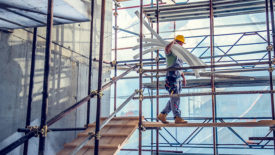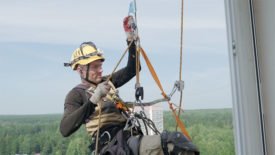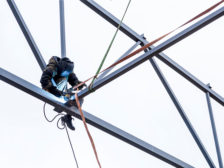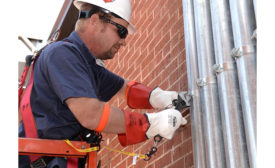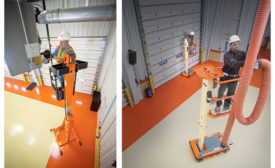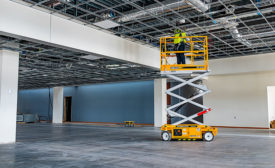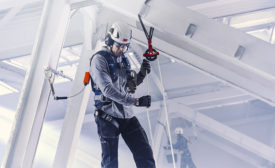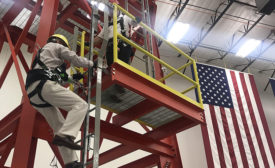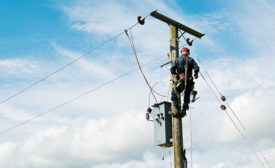Home » Keywords: » work at height
Items Tagged with 'work at height'
ARTICLES
No. 5 in the Top 10 most frequently penalized OSHA standards for FY 2022
Read More
2022 Top 10 OSHA Violations: Fall protection, general requirements, construction
No. 1 in the Top 10 most frequently penalized OSHA standards for FY 2022
February 14, 2023
The Z459.1 Rope Access Standard explained
Subcommittee chairperson discusses what it is and why it’s important
July 13, 2022
Immediate worker distress detection & notification is critical
Alone & in distress
February 4, 2020
Get our new eMagazine delivered to your inbox every month.
Stay in the know on the latest safety trends.
SUBSCRIBE TODAYCopyright ©2024. All Rights Reserved BNP Media.
Design, CMS, Hosting & Web Development :: ePublishing
